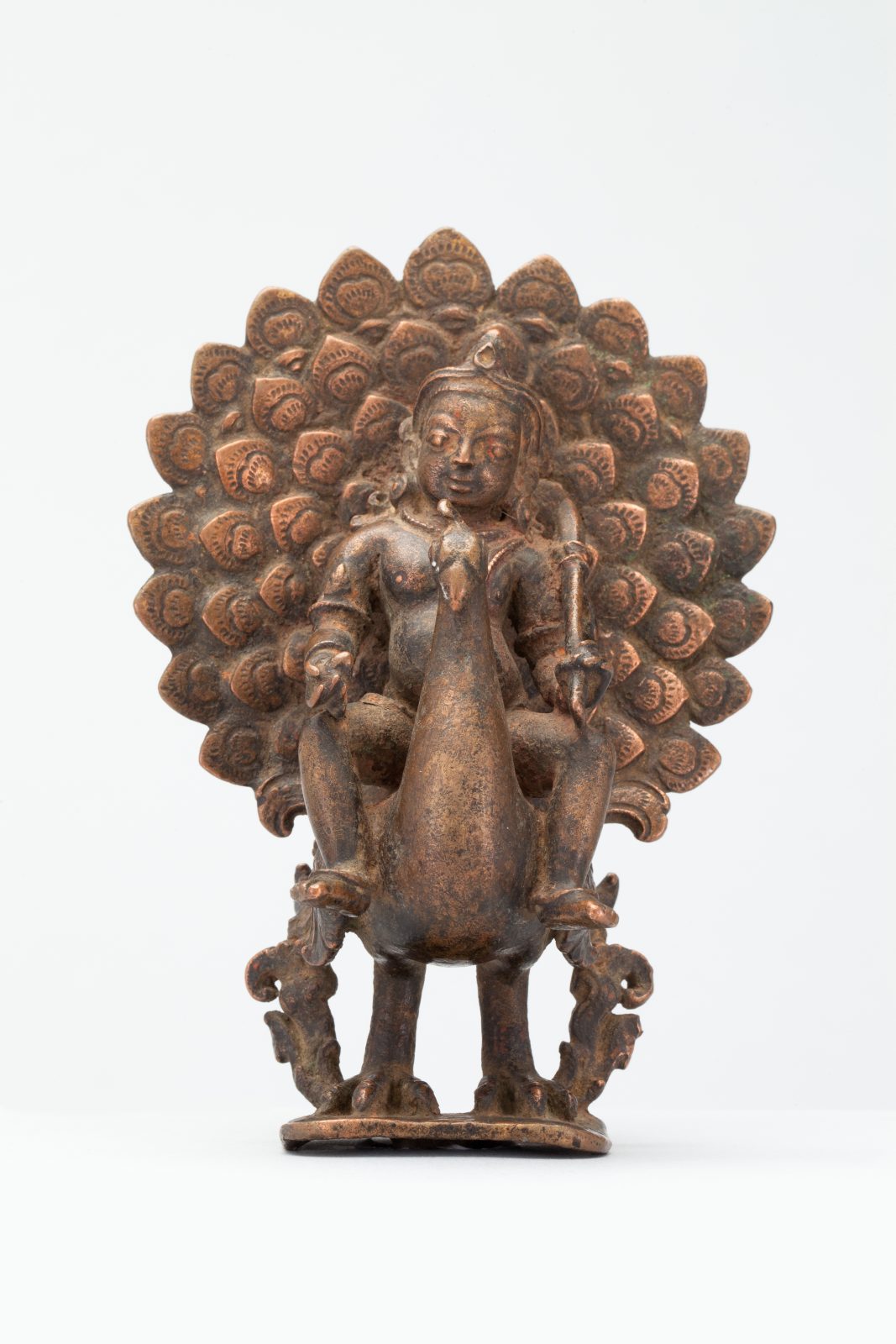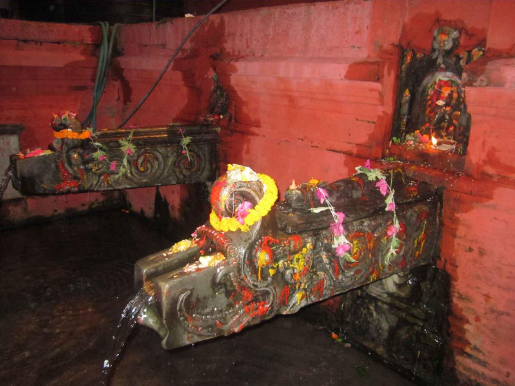
Dancing Kumara; Nepalese, Malla dynasty (1201-1769); 15th – 16th century; Copper with gilding and semi-precious stones; Object size: 6 × 2 3/4 × 3 inches; Saint Louis Art Museum, William K. Brixby Trust for Asian Art

Dancing Kumara; Nepalese, Malla dynasty (1201-1769); 15th – 16th century; Copper with gilding and semi-precious stones; Object size: 6 × 2 3/4 × 3 inches; Saint Louis Art Museum, William K. Brixby Trust for Asian Art
The Sithi Nakha festival serves as preparation for the monsoon season. Here are some key facts about the festival, which honors Kumara, the rain baby of the Kathmandu Valley.
Nepal’s Summer Season Comes Earlier Than in the United States
For those living in the Kathmandu Valley and monsoon regions, summer starts in late April and early May, when Nepal becomes very hot and dry. Plants wither and die while animals estivate, which is like hibernating but during warm weather months. When the monsoons arrive in June, they signal a return to life, much like the sun does during the spring in other locations.
The Monsoon Is Believed to “Gestate” in the Sky
To understand Sithi Nakha, we must first look to fall of the previous year. After the monsoons conclude in September, the people of the Kathmandu Valley celebrate the harvest with impressive jatras, or street festivals. Along with giving thanks and honoring the gods, a part of these festivals also serves to ritually “impregnate” the sky. Once the sky is pregnant, it’s believed the clouds “gestate” for a period of about nine months before giving birth to the monsoon rains.
The Festival Is a Birthday Party for Kumara, Nepal’s “Rain Baby”
Traditionally, Sithi Nakha marks the first rain of the season before the full monsoon torrents begin to fall. It also marks the birthday of Kumara, the son of Shiva and Paravati and the archetypal “rain baby” for the Nepalese people.

Kumara; Nepal; 11th century; Metal; 5 1/8 × 3 1/8 × 2 1/8 in.; Rubin Museum of Himalayan Art; C2004.14.10
Throughout most of South Asia, Kumara is generally depicted as a fierce, youthful, and strong warrior. In this sculpture from the 11th century, he appears as a young child sitting on a peacock and holding a spear. The pre-monsoons also mark the mating period for peacocks, emphasizing Kumara’s connection to this particular time of year.
Though in the minds of the Nepalese people Kumara is a child, he still is powerful and has wrathful tendencies. Therefore, if he is not properly appeased, he can bring great harm to the rice harvest that year. Only after the sky goddess gives birth to Kumara and the first rains come can the people of the Kathmandu Valley begin to plant their rice paddies for the autumn harvest.
Cleaning Water Spouts Is One of Many Sithi Nakha Traditions
Before the monsoons fall, the valley becomes increasingly dry, and many public pools and water collection spouts fall to their lowest levels. Part of the celebration of Sithi Nakha is cleaning these public pools in preparation for the monsoons. Nepalese families will also prepare feasts making pancakes from particular grains to use as offerings for the Rain Baby. Pinwheels are put on display as well tracing the movements of the wind helping make predictions for the rains to come.

Public water spouts being honored for Sithi Nakha.
Get the latest news and stories from the Rubin, plus occasional information on how to support our work.